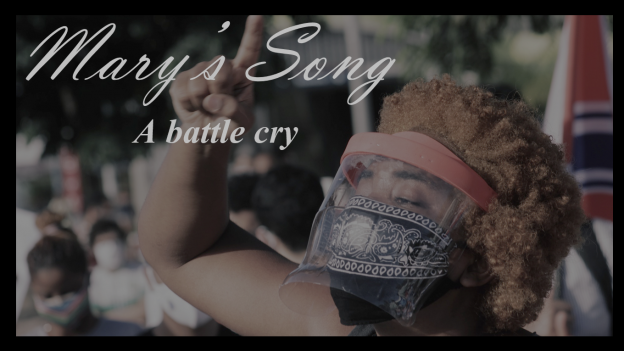In this reflection from Roslyn Bouier, we experience the anticipation of the Child from the eyes of an impoverished and marginalized woman of color.
It’s so glossed over, isn’t it?
The Magnificat is a manifesto, which if it had been truly heard and not metaphor-ized and ‘spiritualized’ into meaningless spoken word, had it been considered as much of a main event as the Birth itself, would definitely have resulted in a different Christmas narrative; indeed, it would have changed the very trajectory of the faith itself.
So this week, I invite us all to revisit the song of Mary. Pivot to our work here, and reflect upon how ‘bringing good news to the poor’ plays out in this space.

Leave a Reply